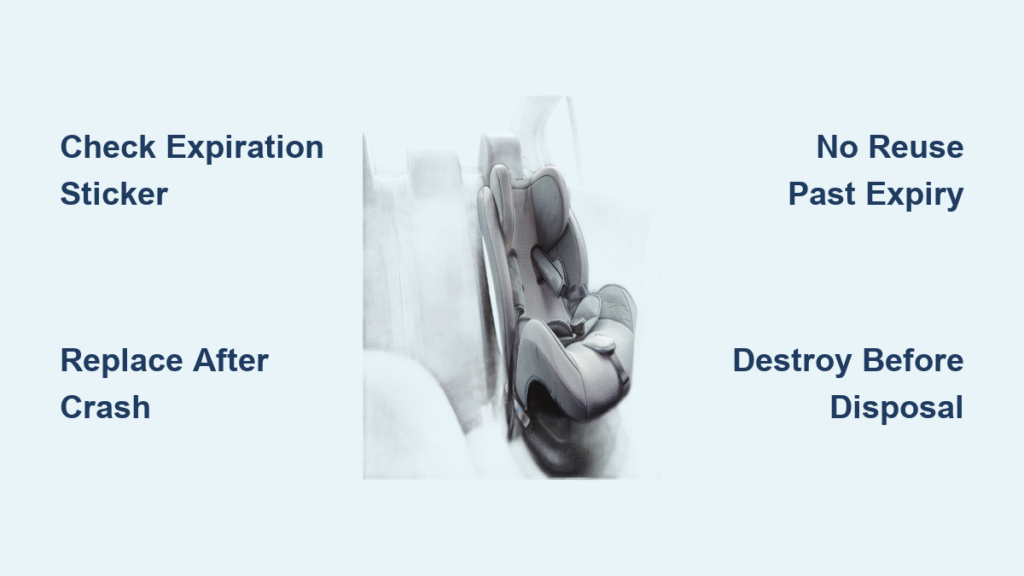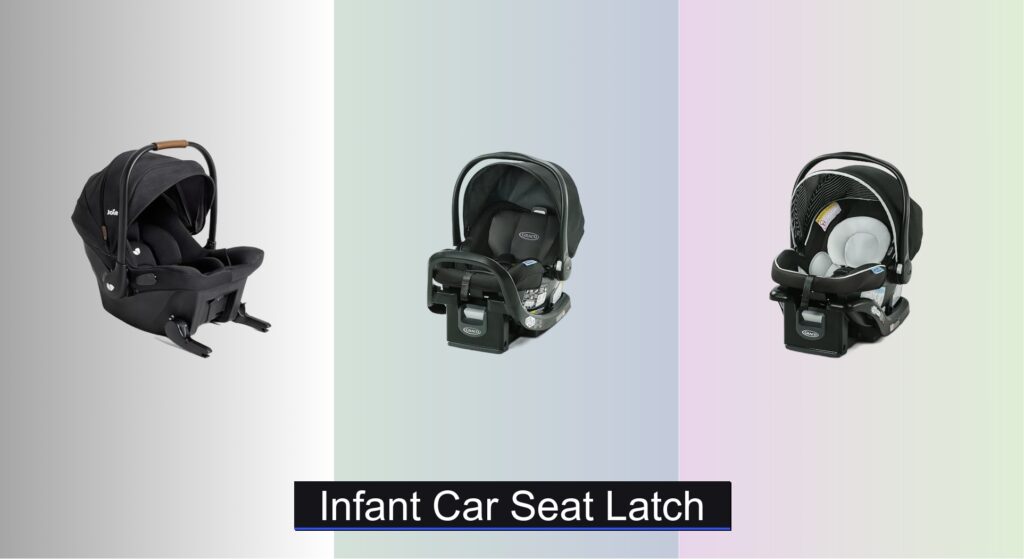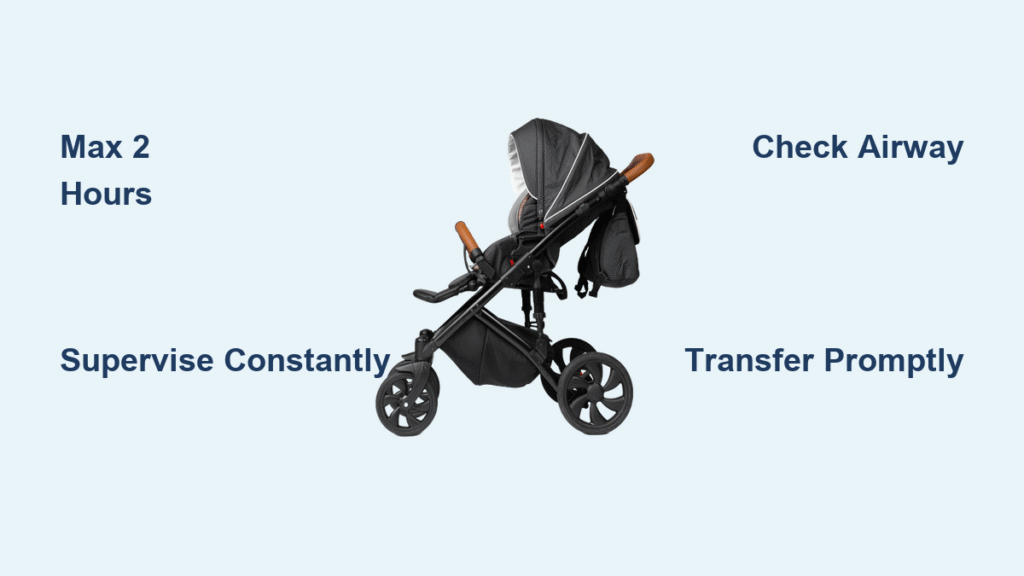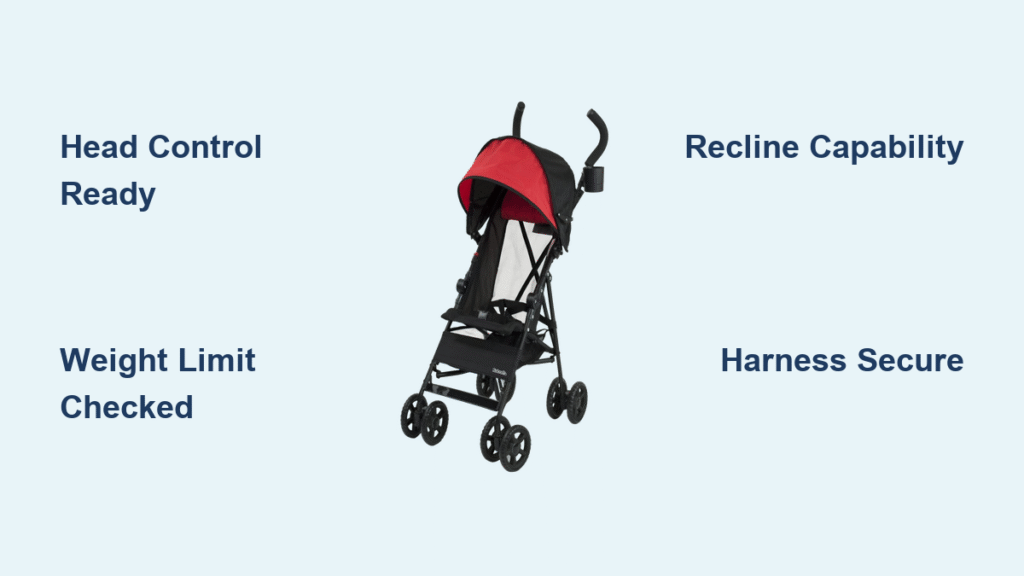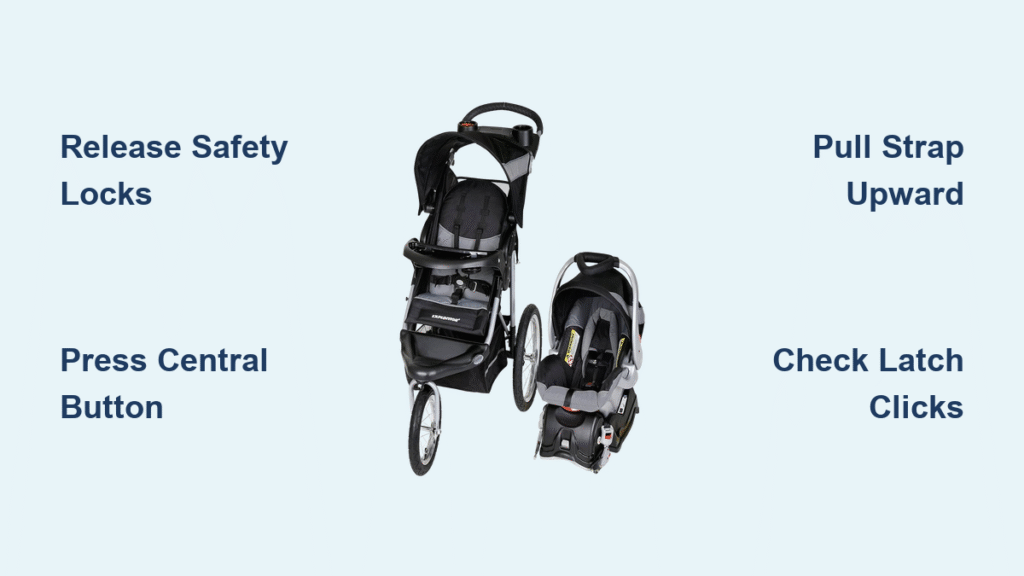Your car seat appears perfectly intact—no cracks in the shell, straps still snap securely, and the fabric shows minimal wear. Yet hidden beneath the surface, an invisible countdown is ticking toward a critical safety deadline. That unassuming sticker stamped on the plastic shell dictates exactly when this vital safety device must be retired, regardless of its outward condition. Most parents don’t realize car seats expire 6 to 10 years from the date of manufacture, not from the day you first installed it. Ignoring this expiration risks your child’s safety in a collision and could violate legal requirements in your state.
Understanding how to find your specific seat’s expiration date, recognizing hidden factors that shorten its lifespan, and knowing safe disposal methods are non-negotiable responsibilities. This guide cuts through the confusion with manufacturer-verified timelines, brand-specific expiration charts, and actionable steps to protect your child. You’ll learn exactly where to locate expiration dates on any model, why even pristine-looking seats become dangerous over time, and how to responsibly retire expired units without endangering other families.
Locate Your Exact Expiration Date in 60 Seconds
Stop guessing when your car seat expires—find the definitive answer in under a minute by checking these three critical spots:
- The base or bottom of the plastic shell (most common location for infant carriers)
- The car seat base (where it attaches to the vehicle)
- Side wings or under the fabric cover (common for convertible seats)
Look for a white or silver sticker displaying either a clear expiration date (e.g., “Do not use after 08/2030”) or the date of manufacture (DOM) plus a lifespan statement like “Useful life: 8 years.” If you can’t find this label, stop using the seat immediately—manufacturers consider it expired by default. For seats missing labels, contact the company with your model and serial number; many can retrieve expiration details from their databases.
No Expiration Date? Calculate It Yourself
When labels fade or peel away, use these manufacturer-approved fallbacks:
– Add 6 years to DOM (American Academy of Pediatrics standard)
– Graco seats made after 2011: +7 years for harnessed seats, +10 years for boosters
– Canadian models: Consult Transport Canada’s brand table (most expire 6–10 years post-manufacture)
Critical warning: Never assume a seat is safe because it “looks fine.” Invisible plastic degradation makes expiration dates non-negotiable safety deadlines.
Brand-Specific Expiration Timelines Revealed

Manufacturers set precise expiration windows based on materials and testing. Never rely on general estimates—always verify your specific model:
| Brand & Model | Seat Type | Years from DOM |
|---|---|---|
| Britax ClickTight | All-in-One | 10 years |
| Chicco KeyFit | Infant Carrier | 6 years |
| Clek Foonf | Convertible | 9 years |
| Graco 4Ever | All-in-One | 10 years |
| Nuna Pipa | Infant Carrier | 7 years |
| Peg-Pérego Primo Viaggio | Booster | 12 years |
| Diono Radian 3R | Convertible | 8 years |
Pro tip: Photograph the expiration sticker the day you buy the seat. Sunscreen, juice spills, and UV exposure quickly fade these critical labels. For second-child reuse, never exceed the original expiration date—even if the seat saw minimal use.
Why Your “Perfectly Fine” Seat Becomes Dangerous
Six silent threats compromise car seat safety long before visible damage appears:
- Plastic fatigue: Repeated exposure to 120°F summer heat and freezing winter temps makes shells brittle and prone to shattering in crashes
- Micro-cracks: Hairline fractures develop in stress points (like LATCH anchors) but remain hidden under fabric covers
- Material degradation: Harness webbing loses 30%+ tensile strength after 5 years, failing to restrain your child in collisions
- Regulation gaps: Seats made before 2014 lack mandatory side-impact testing standards adopted nationwide
- Chemical corrosion: Sunscreen, food spills, and cleaners eat away at critical plastic components
- Unknown history: Used seats may have survived undetected crashes that compromise structural integrity
Real consequence: In crash tests, expired seats consistently fail to protect dummies—straps snap, buckles jam, and shells fracture under impact forces.
When to Retire Your Seat Early (Even Before Expiration)
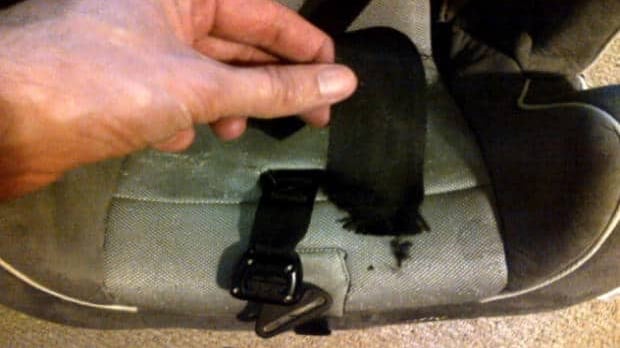
The printed date is your absolute deadline, but these red flags demand immediate retirement regardless of age:
- Any crash involvement (NHTSA requires replacement after moderate/severe collisions)
- Frayed harness webbing or stiff, unresponsive buckles
- Missing parts like chest clips, LATCH connectors, or instruction manuals
- Extreme storage conditions (e.g., kept in unheated garages through Canadian winters)
- Daily ride-share or daycare use accelerating wear on straps and mechanisms
Hard truth: A $300 seat replacement costs less than 1% of average pediatric trauma treatment. When in doubt, replace it—your child’s life isn’t worth the gamble.
Legally Safe Second-Child Reuse Checklist
Reusing a car seat for siblings is acceptable only if you pass this strict verification:
✅ Expiration date is still 2+ years away (never cut it close)
✅ Full history confirmed (no crashes, stored indoors, all parts original)
✅ Labels and manuals intact (critical for proper installation)
✅ Zero visible damage (test buckles, check shell for stress marks)
Critical exclusion: Never reuse seats with unknown origins (e.g., garage sales, Facebook Marketplace). Health Canada prohibits reselling pre-2012 models, and crash history is impossible to verify.
U.S. and Canada Legal Requirements Decoded
- United States: No federal ban, but states like Virginia and California enforce “proper use” laws. Police can issue $500+ fines if an expired seat contributes to injury during a crash.
- Canada: Strict Health Canada regulations prohibit selling or donating seats manufactured before 2012. Provincial laws mandate following manufacturer expiration dates.
- Universal truth: Insurance companies deny claims when expired seats contribute to injury. Courts consistently side with manufacturers’ expiration guidelines.
Destroy and Recycle Expired Seats Responsibly
Never donate, sell, or give away expired seats—this puts other children at risk. Instead:
Render Seats Unusable First
- Cut all harness straps into 6-inch pieces
- Remove padding and fabric covers
- Write “EXPIRED – DO NOT USE” in permanent marker on shell
- Dispose in black trash bags to prevent scavenging
Eco-Friendly Recycling Options
- Target Trade-In Events: Biannual programs offering 20% off new seats (U.S. only)
- TerraCycle Kits: Mail-in recycling for plastic/metal components ($15 fee)
- Local Programs: Many municipal centers accept #5 and #7 plastics (call first)
Critical note: Walmart, Babies “R” Us, and some fire stations host seasonal recycling events—check their websites.
Your 5-Step Expiration Action Plan
- Find and photograph the expiration sticker within 24 hours of reading this
- Calculate retirement date using DOM + manufacturer lifespan (circle it on your calendar)
- Register your seat with the manufacturer for recall alerts (takes 2 minutes online)
- Inspect monthly for strap wear, broken buckles, and label integrity
- Replace immediately after any crash or when expiration hits—no exceptions
Treating car seat expiration as a non-negotiable safety deadline—not a suggestion—ensures your child rides in equipment engineered to today’s rigorous standards. That faded sticker represents years of crash testing and material science designed solely to protect your most precious passenger. When the calendar says “retire,” honor that date like you would a seatbelt recall: immediately and without compromise. Your child’s safety depends on recognizing that how long a car seat is good for isn’t measured by appearances, but by the invisible science stamped on its shell.

